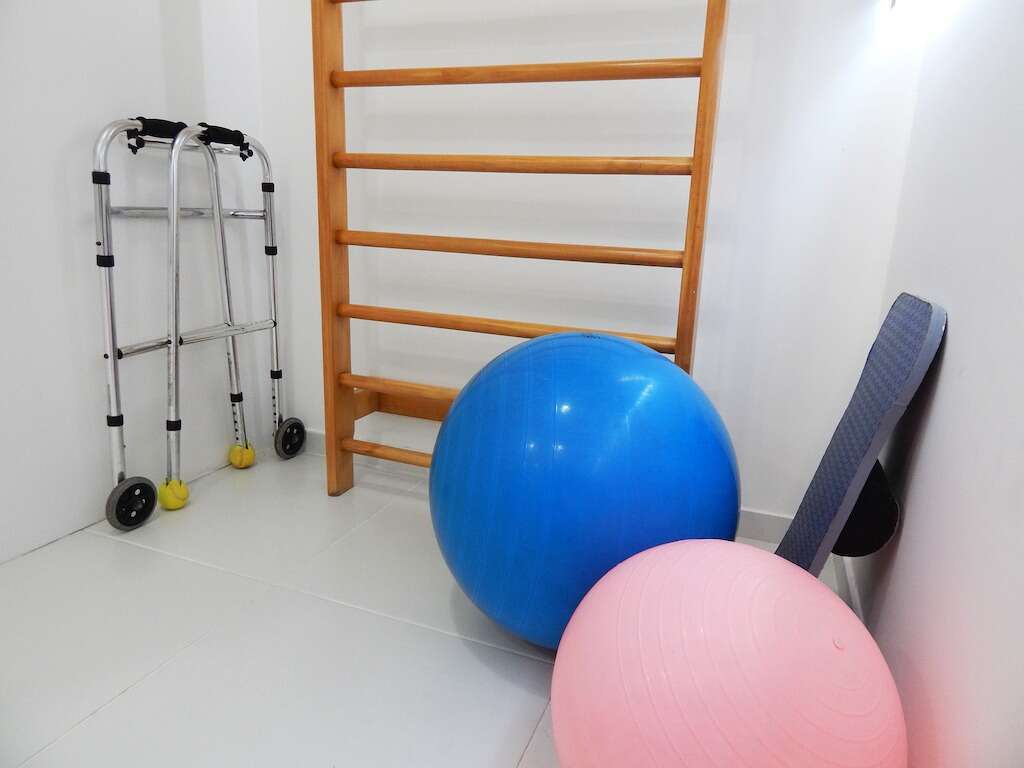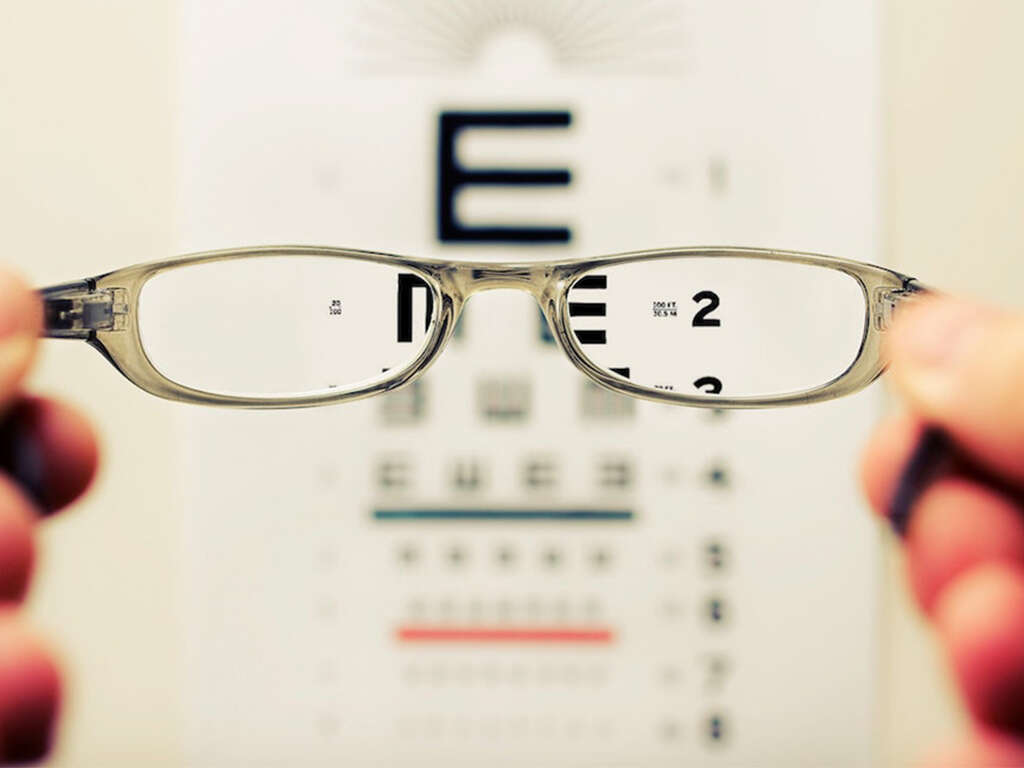10 Vertigo Symptoms
 Article Sources
Article Sources
- 1. 'Vertigo-Associated Disorders: MedlinePlus Medical Encyclopedia.' _MedlinePlus_, U.S. National Library of Medicine, medlineplus.gov/ency/article/001432.htm#:~:text=There are two types of,also involve the vestibular nerve.
- 2. 'Benign Paroxysmal Positional Vertigo (BPPV).' Mayo Clinic, Mayo Foundation for Medical Education and Research, 18 Aug. 2020, www.mayoclinic.org/diseases-conditions/vertigo/symptoms-causes/syc-20370055.
- 3. 'Nystagmus.' _AOA.org_, www.aoa.org/healthy-eyes/eye-and-vision-conditions/nystagmus'sso=y#:~:text=Nystagmus is a vision condition,or in a circular pattern.
- 4. Lee, Sun-Uk, et al. 'Recurrent Spontaneous Vertigo with Interictal Headshaking Nystagmus.' _Neurology_, Wolters Kluwer Health, Inc. on Behalf of the American Academy of Neurology, 12 June 2018, n.neurology.org/content/90/24/e2135.
- 5. 'Labyrinthitis and Vestibular Neuritis.' _VeDA_, 19 Nov. 2020, vestibular.org/article/diagnosis-treatment/types-of-vestibular-disorders/labyrinthitis-and-vestibular-neuritis/.
- 6. 'Ménière's Disease.' _National Institute of Deafness and Other Communication Disorders_, U.S. Department of Health and Human Services, 14 Dec. 2020, www.nidcd.nih.gov/health/menieres-disease.
- 7. Sarna, Brooke, et al. 'Perilymphatic Fistula: A Review of Classification, Etiology, Diagnosis, and Treatment.' _Frontiers in Neurology_, Frontiers Media S.A., 15 Sept. 2020, www.ncbi.nlm.nih.gov/pmc/articles/PMC7522398/.
2. Abnormal Rhythmic Eye Movements
Some people who suffer from BPPV experience their eyes moving uncontrollably for a brief time. This vision condition is called nystagmus. Nystagmus results in your eyes making involuntary, repetitive and uncontrolled movements.3‘Nystagmus.’ AOA.org, www.aoa.org/healthy-eyes/eye-and-vision-conditions/nystagmus’sso=y#:~:text=Nystagmus is a vision condition,or in a circular pattern.
Your eyes may move up and down, from side to side or in a circular pattern, with both eyes consequently unable to view objects steadily. These movements can reduce your depth and vision perception, and as they affect your balance, they are often accompanied by vertigo.
Advertisement











